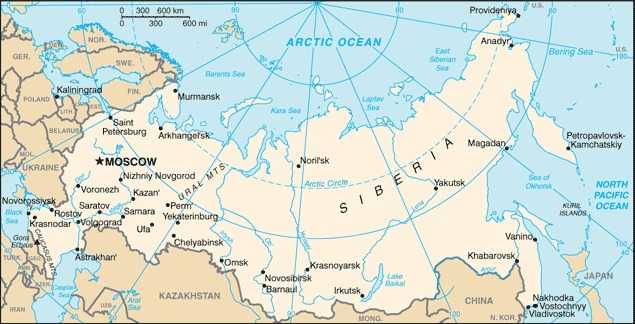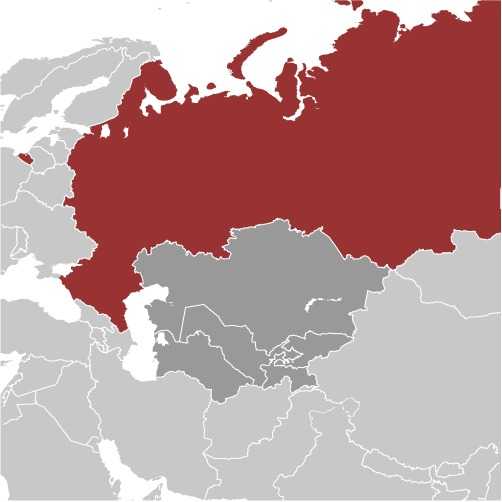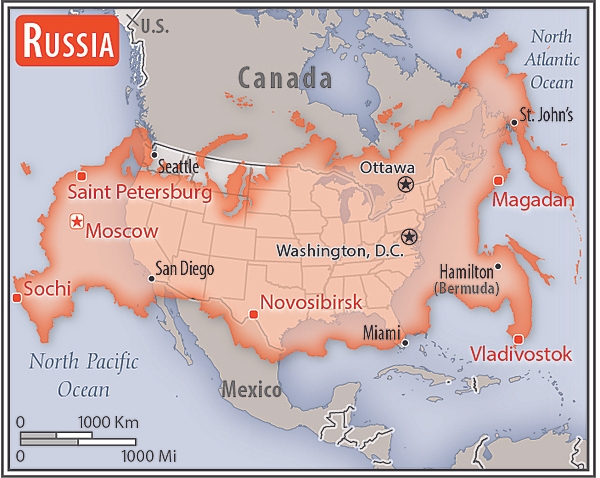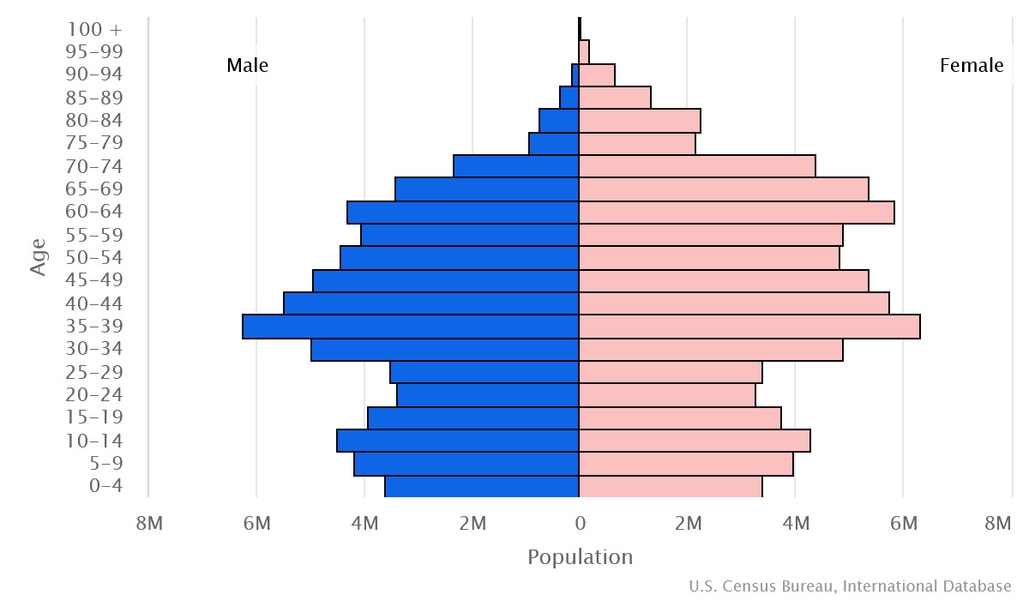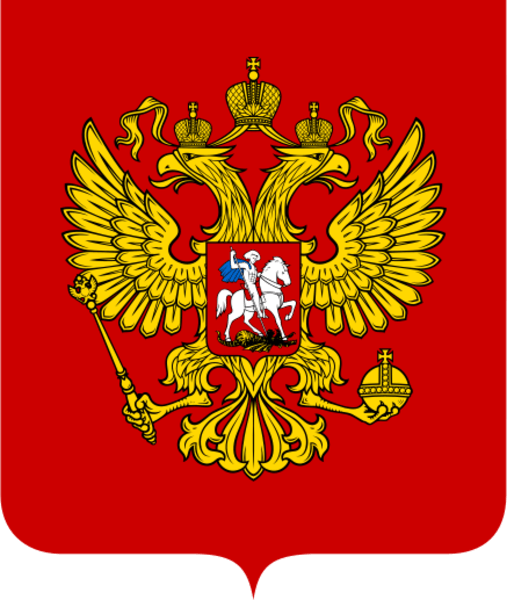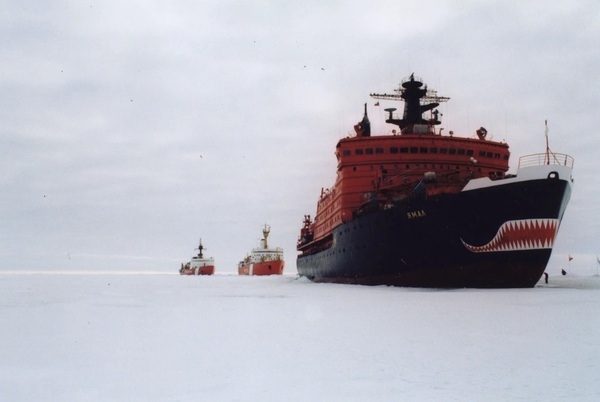Introduction
Visit the Definitions and Notes page to view a description of each topic.
Geography
People and Society
Population
comparison rankings: female 9; male 9; total 9
Languages
Median age
comparison ranking: total 48
Population growth rate
comparison ranking: 221
Birth rate
comparison ranking: 209
Death rate
comparison ranking: 9
Net migration rate
comparison ranking: 68
Maternal mortality ratio
comparison ranking: 138
Infant mortality rate
comparison ranking: total 162
Life expectancy at birth
comparison ranking: total population 164
Total fertility rate
comparison ranking: 199
Obesity - adult prevalence rate
comparison ranking: 70
Alcohol consumption per capita
comparison ranking: total 56
Tobacco use
comparison ranking: total 41
Education expenditures
comparison ranking: 132
Environment
Revenue from forest resources
comparison ranking: 81
Revenue from coal
comparison ranking: 11
Government
Economy
Real GDP (purchasing power parity)
comparison ranking: 4
Real GDP growth rate
comparison ranking: 88
Real GDP per capita
comparison ranking: 63
Inflation rate (consumer prices)
comparison ranking: 140
GDP - composition, by sector of origin
comparison rankings: services 106; industry 63; agriculture 135
Industrial production growth rate
comparison ranking: 92
Labor force
comparison ranking: 9
Unemployment rate
comparison ranking: 55
Youth unemployment rate (ages 15-24)
comparison ranking: total 109
Gini Index coefficient - distribution of family income
comparison ranking: 69
Public debt
comparison ranking: 188
Taxes and other revenues
comparison ranking: 176
Current account balance
comparison ranking: 12
Reserves of foreign exchange and gold
comparison ranking: 4
Debt - external
comparison ranking: 5
Energy
Electricity
comparison rankings: transmission/distribution losses 207; imports 67; exports 16; consumption 4; installed generating capacity 5
Carbon dioxide emissions
comparison ranking: total emissions 4
Energy consumption per capita
comparison ranking: 16
Communications
Telephones - fixed lines
comparison ranking: total subscriptions 11
Telephones - mobile cellular
comparison ranking: total subscriptions 5
Internet users
comparison ranking: total 6
Broadband - fixed subscriptions
comparison ranking: total 6
Transportation
Merchant marine
comparison ranking: total 9
Military and Security
Military expenditures
comparison ranking: 9


